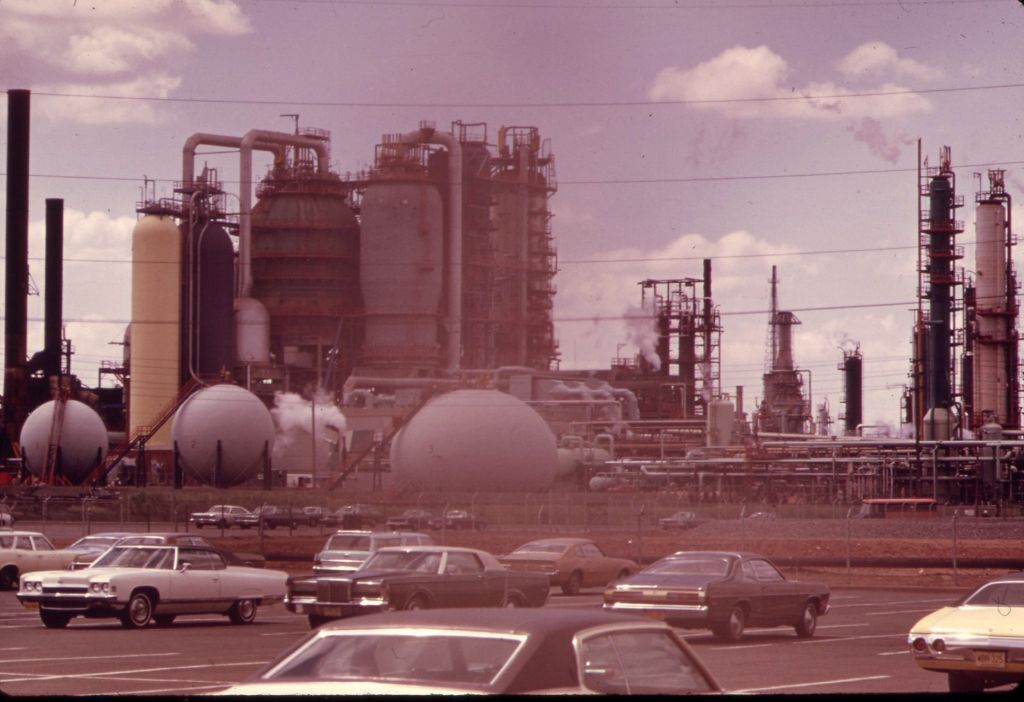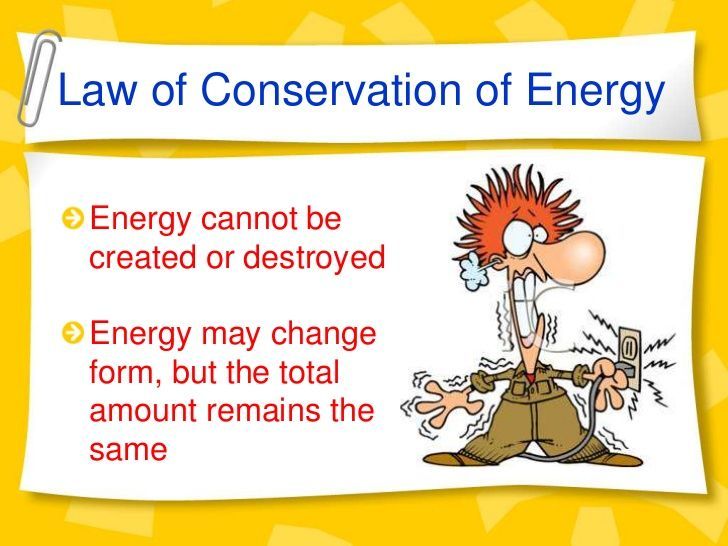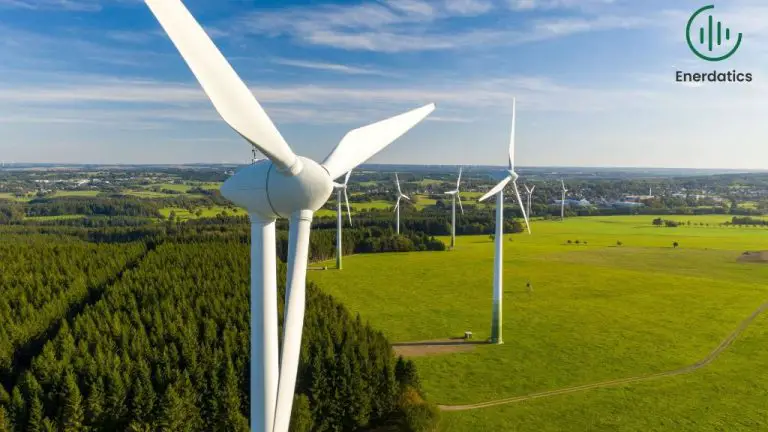Why Is Oil Considered A Non-Renewable Resource?
Non-renewable resources are natural resources that cannot be readily replaced by natural means at a quick enough pace to keep up with consumption. These finite resources take a long time to form naturally, from hundreds to millions of years. Renewable resources, in contrast, can be replenished in a short period of time. Examples of non-renewable resources include fossil fuels like oil, natural gas, and coal, which take millions of years to form from organic material under high pressures beneath the earth.
Oil is considered a prime example of a non-renewable resource. It is a liquid “fossil fuel” that formed from the remains of marine plants and animals that lived hundreds of millions of years ago.
Oil Formation
Oil formed millions of years ago from organic matter such as dead plankton and algae deposited on ancient seafloors. Over long periods of time, the buildup of sediment and high heat and pressure from being buried deep underground turned the organic matter into crude oil and natural gas.
Specific geological conditions were needed for oil to form. First, there had to be an abundance of organic material, from sources like plankton or algae. This organic material was deposited on seabeds in large quantities when the Earth’s oceans experienced population booms of microscopic plants and animals.
Next, the organic material had to be buried quickly before it decomposed, such as getting rapidly covered by sediment runoff from land. The deposits had to reach depths of 1-3 miles where temperatures ranged from 60-120°C. At these high subsurface temperatures, the organic material “cooked” into oil compounds.
The deposits also needed high pressure, which compacted the source rock tightly and squeezed out the oil. Common source rocks for oil are shale and limestone, which trapped the oil until it migrated into porous reservoir rocks like sandstone or carbonates. The resulting combination of heat, pressure, and anaerobic conditions led to the slow transformation of organic deposits into oil reserves over millions of years.
Finite Supply
Oil is considered a non-renewable resource because there is a finite supply available on Earth. Oil reserves exist in certain rock formations underground and the total global oil reserves are estimated to be around 1.7 trillion barrels. However, experts estimate that at current consumption levels, there are only enough economically recoverable oil reserves to last about 50 years.
This finite supply is a result of how oil formed in the first place. Oil is formed from ancient organic materials such as zooplankton and algae that lived millions of years ago. When these organisms died, they sank to the bottom of the ocean floor and formed sedimentary layers. Over millions of years, the increase in heat and pressure transformed the organic material into crude oil trapped between non-porous rocks underground.
Because oil formation takes an extremely long time, and the geological conditions have to be just right, oil is not considered a renewable resource within human time scales. The rate at which new oil can form naturally is extremely slow compared to the rate at which it is being extracted and consumed. This disparity is why oil deposits are limited and non-renewable.
Extraction Challenges
As oil reserves get depleted over time, extraction becomes more difficult and costly. The largest and most accessible oil reserves are tapped first, leaving smaller, more complex reservoirs remaining. Advanced technologies like hydraulic fracturing, horizontal drilling, and enhanced oil recovery techniques are often required for continued production.
This concept is known as peak oil theory. It predicts that global oil production will eventually reach a maximum point, after which production rates will enter terminal decline. We will have extracted around half of the world’s total recoverable conventional oil reserves. Extraction costs and oil prices will rise significantly after reaching this peak. Some experts believe we have already reached peak oil or soon will based on declining discovery rates of new resources. This makes the remaining unconventional sources like oil sands, shale oil, and deep water drilling more economically viable, despite higher costs.
Slow Renewal
Oil is considered non-renewable because it takes millions of years for oil reserves to form naturally. Crude oil originates from the remains of plants and animals that lived hundreds of millions of years ago. These organisms died and were gradually buried by layers of sand and silt over vast periods of time. As they became buried deeper, the increase in pressure and temperature transformed the organic matter into crude oil through a process known as thermal maturation.
For example, oil extracted from the Middle East was formed from marine organisms that lived nearly 100 million years ago during the Cretaceous period. The oil sands in Canada contain crude oil that is up to 112 million years old. Meanwhile, the crude oil taken from the North Sea off the coast of Norway is derived from organic matter dating back 150 million years to the Jurassic period.
Clearly, the natural oil formation process requires enormous lengths of geological time. The world’s oil reserves are being depleted much faster than new ones are being formed, meaning oil is used up far quicker than it can be renewed.
Rising Demand
The global population is increasing rapidly, leading to greater demands for energy worldwide. Developing nations are industrializing and improving their standards of living, which involves increased use of vehicles, electricity, and consumer products that depend on petroleum and its derivatives. For example, China and India both have over 1 billion people and their oil consumption has risen steadily in recent decades.
According to the U.S. Energy Information Administration, total world energy consumption rose by 2.3% in 2018, the largest increase in 10 years. Fossil fuels like oil, natural gas, and coal make up about 84% of global energy use. Crude oil consumption alone grew 1.5% in 2018 to average 99.3 million barrels per day. The transportation sector accounts for nearly 60% of oil usage worldwide. With more vehicles on the roads globally, oil demand is projected to keep rising.
The International Energy Agency predicts global energy needs could expand by 25% through 2040 under current policies. Much of this demand will be met by increased oil consumption if supplies are available. So the combination of population growth, economic development, and modern lifestyles dependent on oil is driving up petroleum demand worldwide. This will only accelerate the depletion of finite oil reserves.
Alternatives
Fossil fuels like oil are finite resources, so there has been increasing focus on developing renewable energy sources that can provide power indefinitely without depletion. Some major renewable energy alternatives to oil include:
Solar Energy
Solar panels can convert sunlight into electricity. Solar energy is clean, renewable, widely available, and solar panel costs continue to decrease. Solar power generation is growing rapidly as more homes and businesses install solar panels.
Wind Energy
Wind turbines use airflow to spin large blades connected to generators that produce electricity. Wind power is clean and renewable. Wind farms continue to expand as wind technology improves. Some countries now get over 20% of their electricity from wind power.
Geothermal Energy
Geothermal plants use hot water or steam from underground reservoirs to power generators. This clean energy source is renewable and available 24/7. While geographically limited, geothermal energy has major potential especially for heating and electricity generation.
Transitioning from finite fossil fuels to renewable alternatives is crucial for building sustainable energy systems for the future.
Environmental Impact
The extraction and burning of oil has significant environmental consequences. Burning oil and other fossil fuels releases greenhouse gases like carbon dioxide into the atmosphere. This leads to global warming and climate change.
According to scientific consensus, the planet is already feeling the impacts of climate change in the form of rising sea levels, melting glaciers, more extreme weather events, droughts, wildfires, and reductions in agricultural productivity. These effects are expected to intensify in the coming decades if fossil fuel use continues unabated.

Oil extraction can also damage local environments. Oil spills pollute land and ocean ecosystems, harming wildlife. Fracking for unconventional sources of oil leads to contaminated groundwater. Extraction infrastructure fragments animal habitats.
Reducing our dependence on oil is crucial to mitigating environmental damage. But the world remains heavily reliant on oil, making it difficult to curb emissions and move to cleaner energy sources fast enough to avoid climate change’s worst effects.
Conservation Efforts
Reducing oil consumption is critical to extending our finite supply. Simple actions like walking, biking, carpooling, or taking public transit whenever possible can dramatically reduce oil use. Choosing energy efficient appliances, lightbulbs, and vehicles also helps curb demand. Supporting companies committed to renewable energy development further propels progress away from fossil fuel dependence. At the government level, policies that fund public transportation infrastructure, subsidize clean energy, and regulate emissions play a pivotal role in oil conservation.
Oil will likely remain an important global resource for years to come, but through mindful consumption habits and advocacy for sustainability, individuals can contribute significantly to conservation. Small changes multiply into collective impact when adopted widely. By being conscious of our oil use and supporting reductions, we help ensure oil reserves last as long as possible during the transition to cleaner energy alternatives.
Conclusion
In summary, oil is considered a non-renewable resource for several key reasons. First, oil takes an extremely long time to form from organic matter, with the process taking millions of years. At the rate we are extracting and consuming oil, it is being depleted much faster than it can be renewed. Additionally, the remaining oil reserves are getting more difficult and expensive to access as conventional sources decline.
While alternatives like renewable energy are growing, our global economy still relies heavily on oil and petroleum products. But continued high rates of oil consumption pose risks, from supply shortages to environmental damage. More responsible use and conservation efforts are needed to prolong our oil supplies into the future. As a finite resource that cannot be replenished anytime soon, it is clear why oil is definitively considered non-renewable.
In summary, this article has outlined the slow formation process of oil, the finite and declining nature of global reserves, the extraction challenges, rising demand, alternatives, and environmental impacts. Despite oil’s importance, we must use it wisely and accelerate the transition to renewables for long-term sustainability. With responsible usage, we can make our remaining oil last while reducing associated economic and environmental risks.




